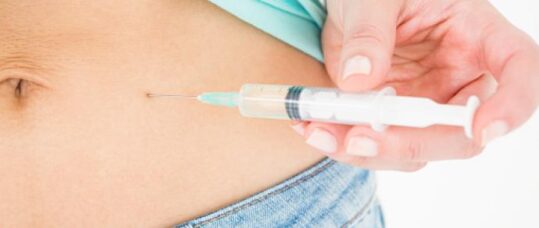IVF online calculator predicts individualised chance of pregnancy

A new tool to estimate the individualised chances of couples having a baby, both before and after first IVF treatment, and over multiple cycles, has been announced in BMJ.
Available online, the calculator considers specific characteristics of couples and treatment information to predict cumulative chances over up to six IVF (in vitro fertilisation) or ICSI (intracytoplasmic sperm injection) cycles.
The researchers, led by David McLernon from the University of Aberdeen, hope that the calculator will assist clinicians in communicating to couples their personalised chances of a live birth over an entire package of IVF.
Related Article: New digital support for community nurses in 10-year plan
They say it will also “help to shape couples’ expectations allowing them to plan their treatments more efficiently and to prepare emotionally and financially.”
The online tool is based on data from the Human Fertilisation and Embryology Authority (HFEA), which collects information on all licensed fertility treatments in the UK.
Data were analysed on 113,873 women, using their own eggs and partner’s sperm in 184,269 complete cycles, who started IVF or ICSI treatment between 1999-2008.
Results show that independent of treatment the chances of a couple having a baby declined after the woman’s age of 30, and decreased with increasing duration of infertility.
Related Article: Nurse had to ‘freeze’ PPE during pandemic to re-use in care home, Covid inquiry hears
After transfer of a fresh embryo in the first cycle, aside from the woman’s age, increasing number of eggs collected (up to 13 eggs), embryo cryopreservation and stage of embryo transfer were the next best predictors of having a baby.
It was found that before treatment, a 30-year-old woman with two years of unexplained infertility has a 46% chance of having a baby from the first complete cycle of IVF and a 79% chance over three complete cycles.
If she then has five eggs collected in her first complete cycle followed by a single cleavage stage embryo transfer, with no embryos left for freezing, her chances change to 29% and 59%, respectively.
Related Article: Tell us what practice nursing means to you and potentially win £1,000
The researchers cautioned that characteristics such as BMI, smoking and alcohol intake and basal follicle stimulating hormone levels, were not available when developing the tool – which may have improved the accuracy.
Furthermore, the model should not be used to make decisions around whether or not couples should have IVF treatment, because it has not been evaluated for this purpose, and will need to incorporate more data than what is currently available.

See how our symptom tool can help you make better sense of patient presentations
Click here to search a symptom


A new tool to estimate the individualised chances of couples having a baby, both before and after first IVF treatment, and over multiple cycles, has been announced in BMJ.



